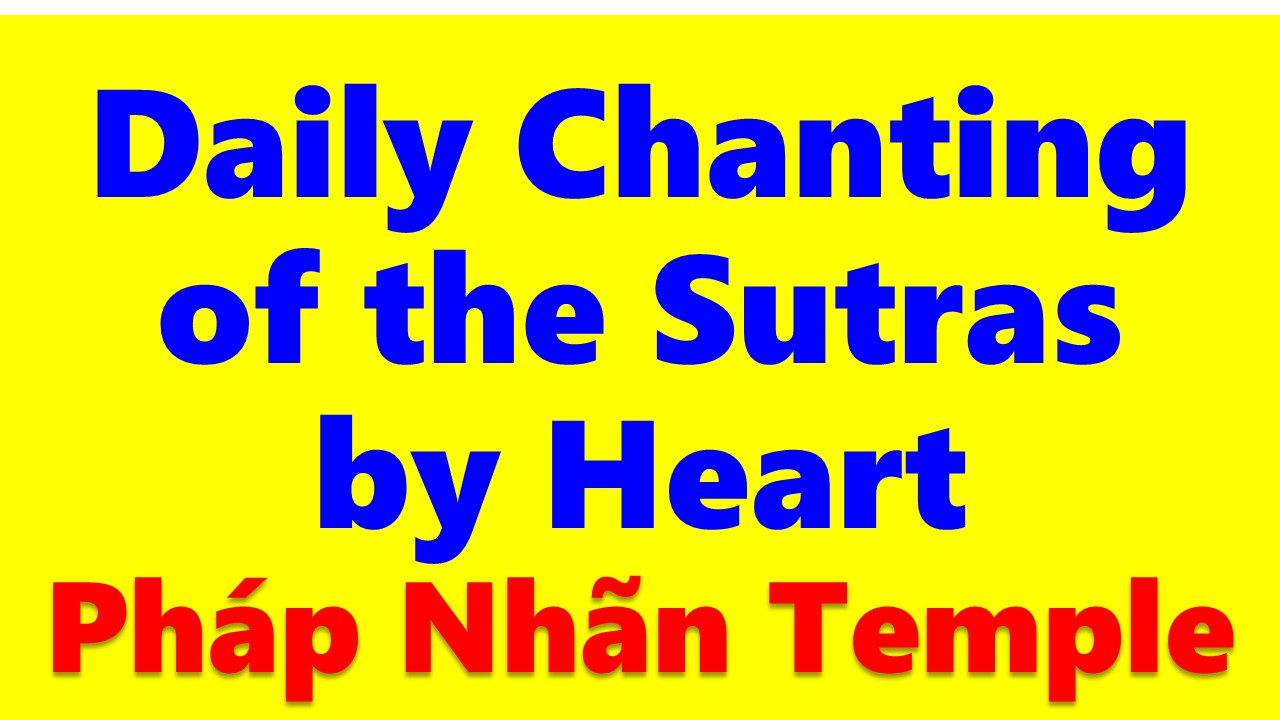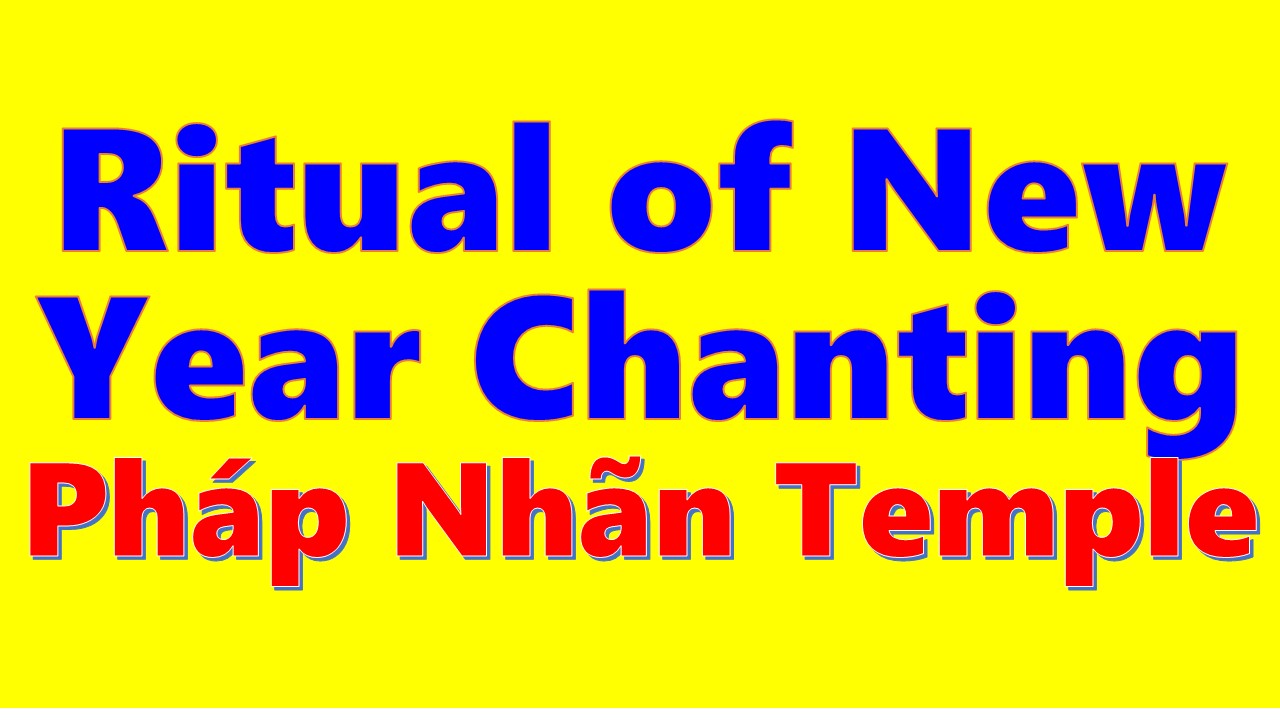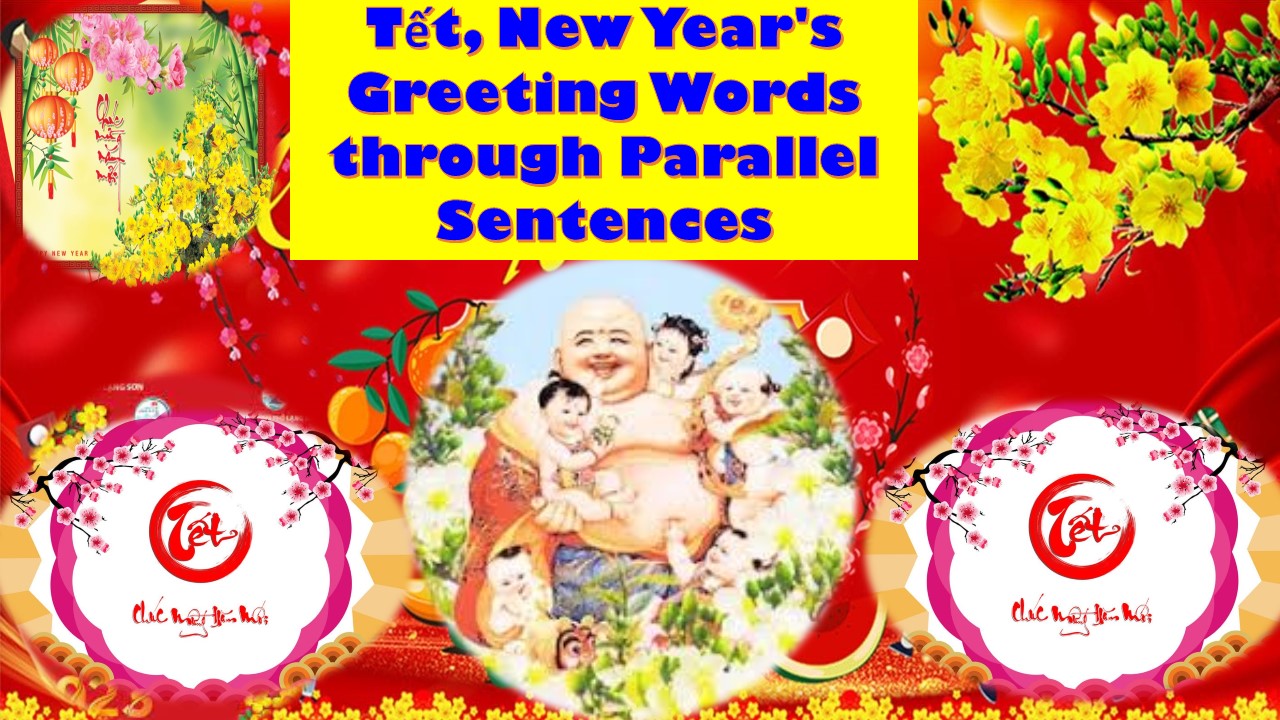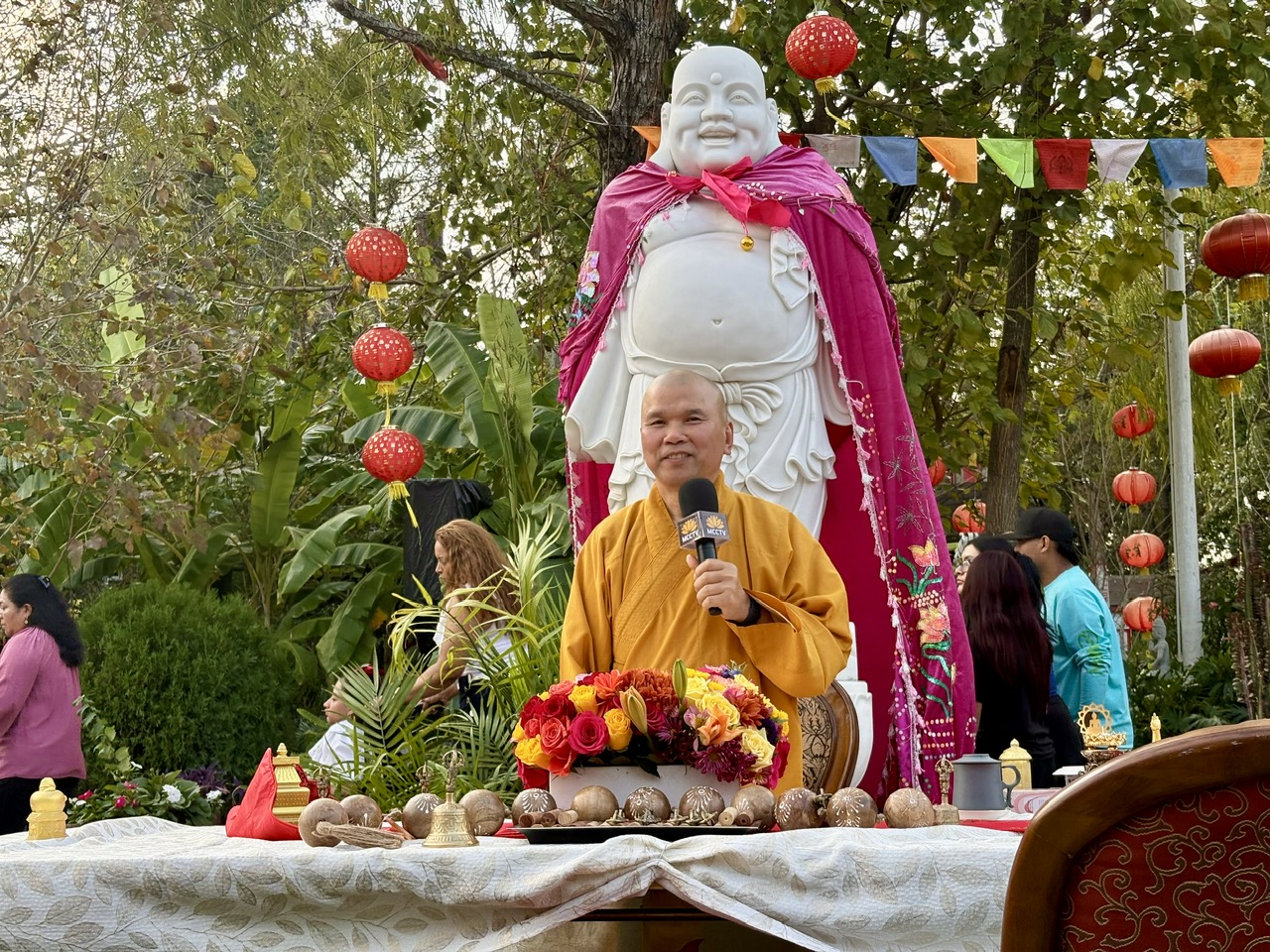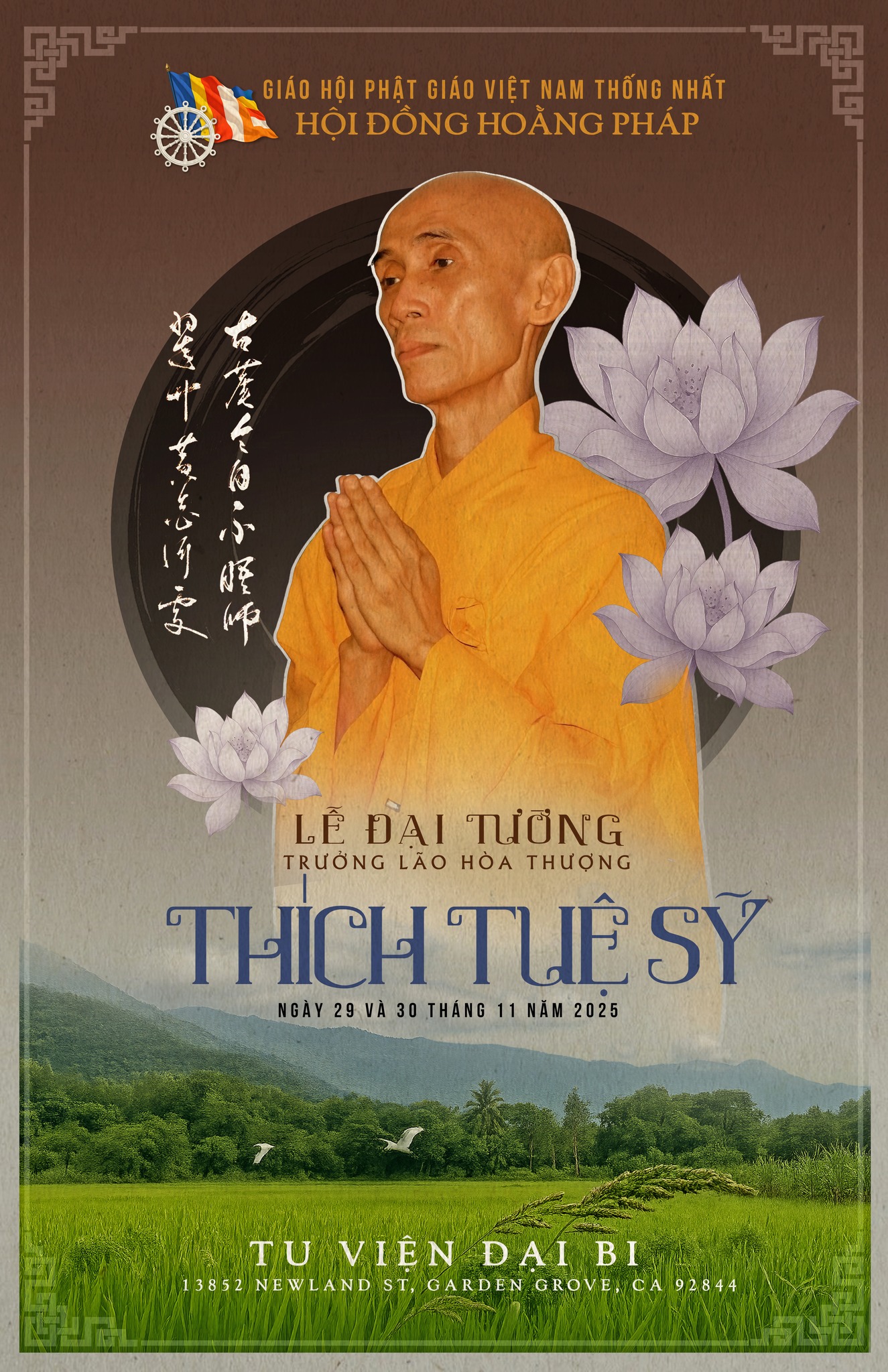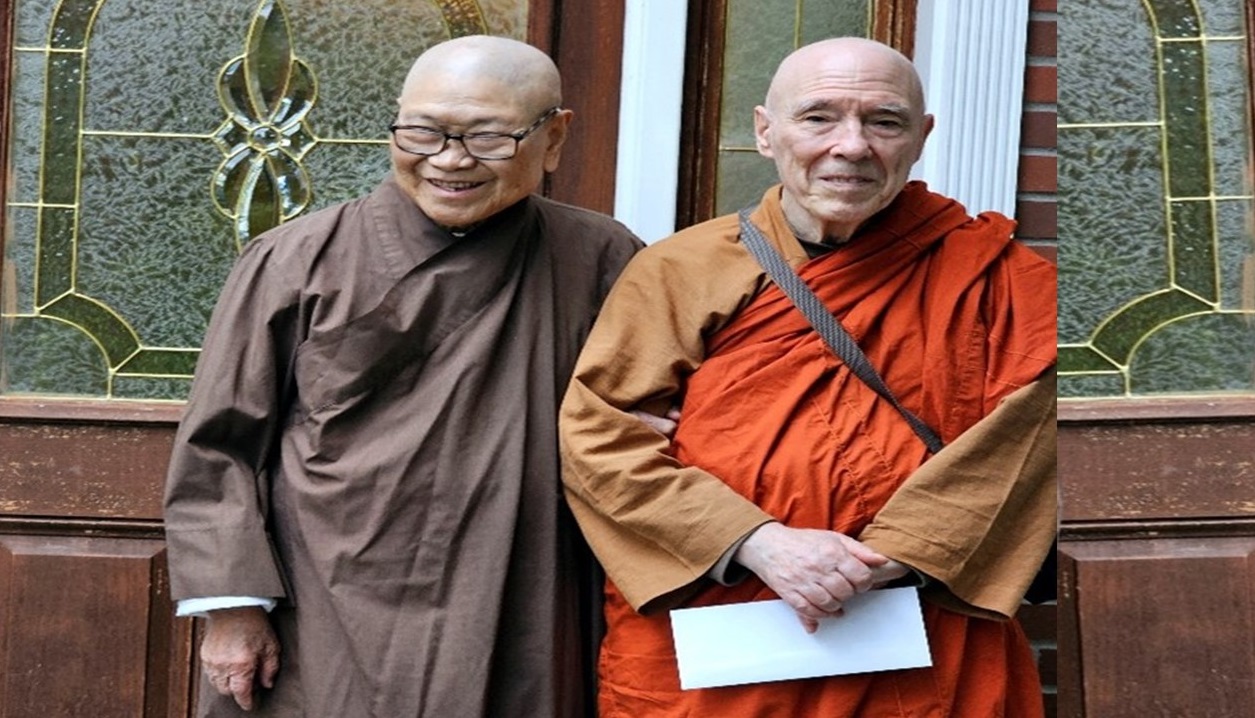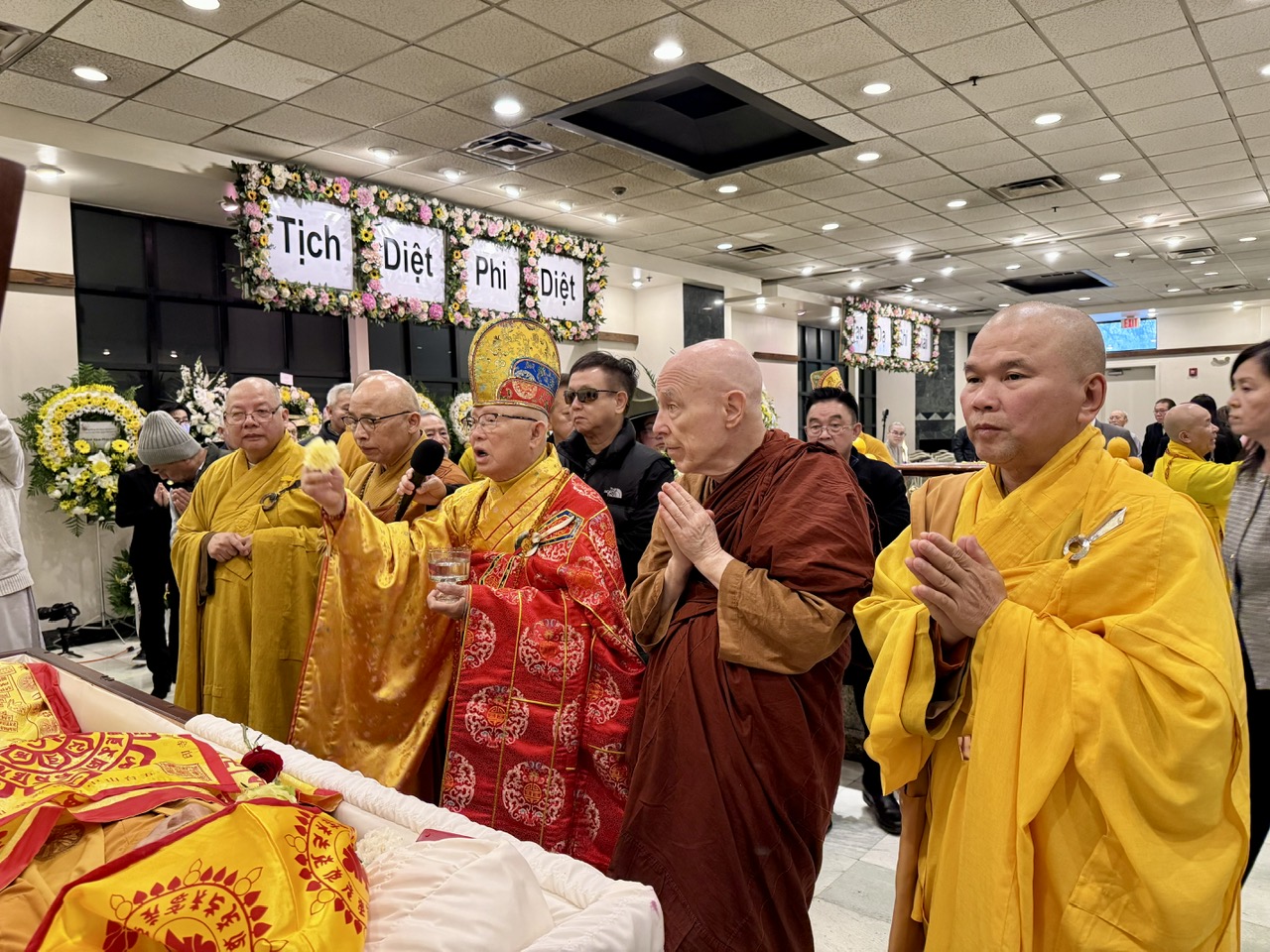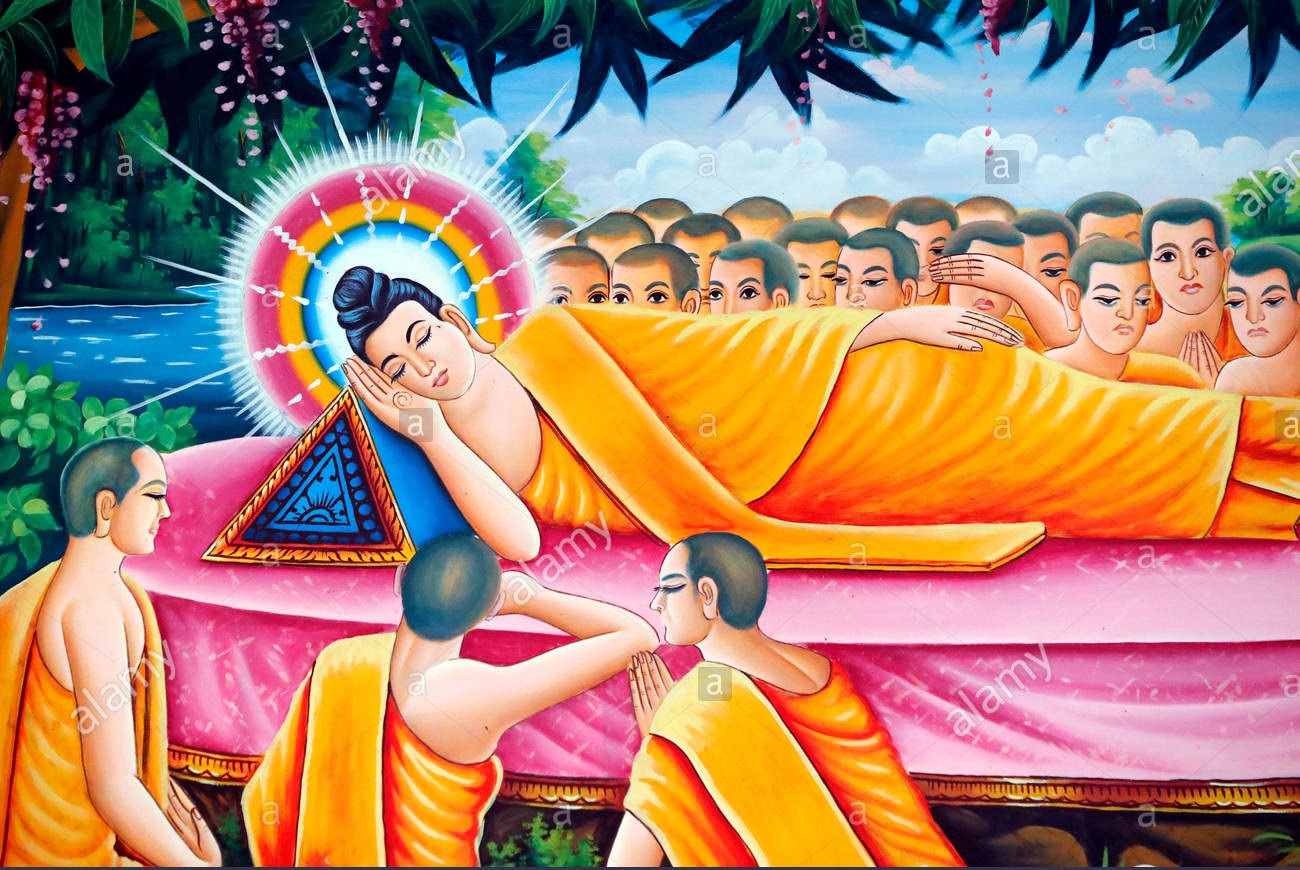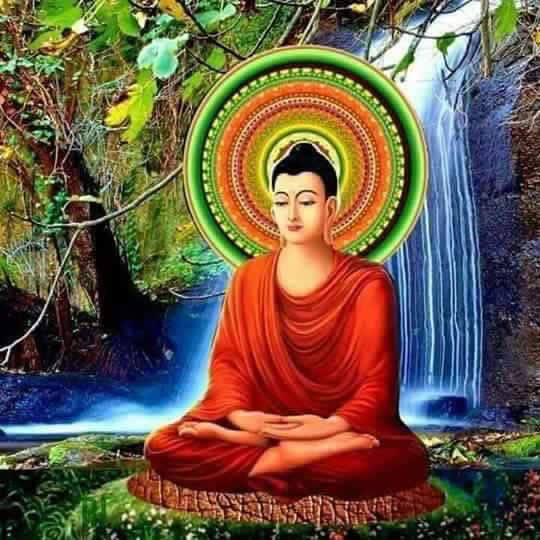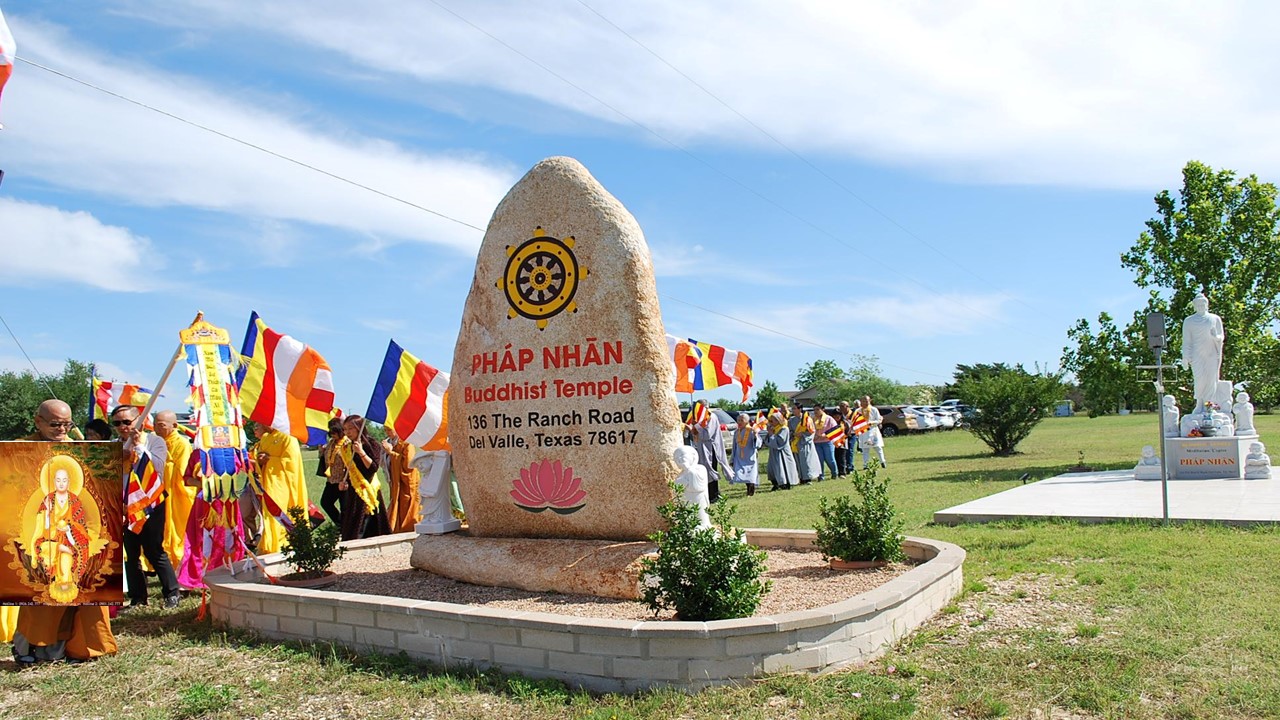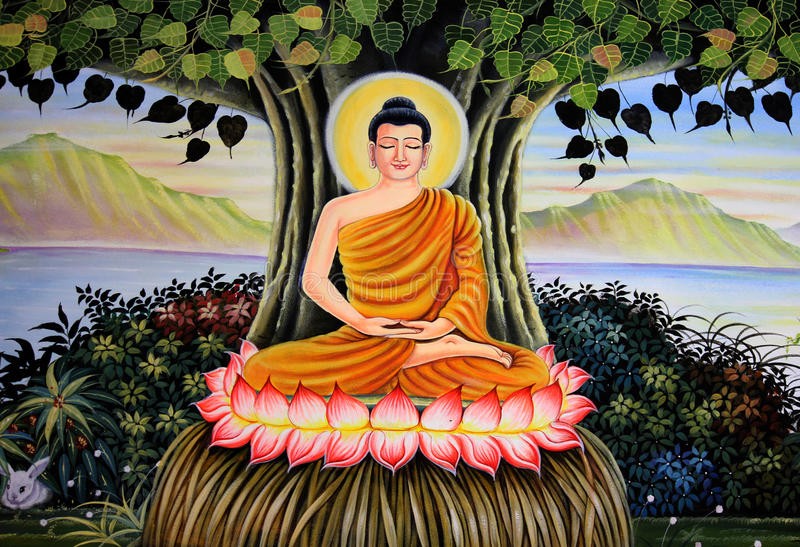
THE OPENING SPEECH AT PHAP NHAN TEMPLE ON THE BUDDHA VESAK CELEBRATION DAY
Namo Tassa Bhagavato Arahato Samma sambuddhassa
Respectfully, Dear the Venerable Honored Monks and Nuns,
Dear Intellectuals, Sisters, and Brothers in the Dharma,
I would like to read the opening speech and declare the reason.
Bodhisatta Siddhartha, a perfect and contented person full of merit and wisdom, a historical person, was born on the Full Moon Day of Vesak month, corresponding to the Full Moon Day of May in the usual calendar, the year 624 under the Sorrowless tree in Lumbini garden, present-day Nepal.
Because of the powerful vow, Bodhisattva Siddhartha appeared to be born in the world. After making a trip out of the 4 gates of the imperial palace to see the real scene outside, going to the East, he saw an old person, going to the West, he saw a sick person, going to the South, he saw a dead person; going to the North, he saw a mendicant. The fourth real scene, the image of the mendicant is not only the subject of contemplative meditation, but also the inspiration for Siddhartha Gotama to become a homeless hermit.
Renouncing the royal family for monastic life at the age of 29, Siddhartha Gotama studied their teachings and surpassed the two teachers Ālāra Kalāma and Uddaka Rāmaputta. Spending 6 years practicing asceticism with a group of 5 monks including Añña Koṇḍañña, Siddhartha Gotama decided to choose for himself the MIDDLE Way, keep far away from self-indulgence and self-mortification by receiving, drinking, and eating Sujata‘s bowl of milk porridge, his health became well restored.
Receiving a bundle of Kusa grass from a farmer offering, Siddhartha Gautama went to Bodhgaya to meditate for 49 days and nights there, finally he became the Buddha titled Sakyamuni under the Bodhi tree at the age of 35.
At the three-time request of the heavenly king, Brahma Sahampati, the Buddha set out to teach the first Dharma to a group of five monks in Deer Park, Sanarth. With the pure Dharma Eye, all five of these monks in turn attained Arahantship. The Buddha, the Dharma, and the Sangha were officially formed there.
Living the familyless life, the Buddha and his Sangha, having a lot of time to practice and serve sentient beings, relied on the love of teachers and students, the love of Dharma fellow practitioners, the love of Dharma protection and propagation in order to benefit all living things and living beings all over the planet.
When the Buddha’s disciples became more and more numerous, in Mahavagga, Chapters 19 and 20, the Buddha taught his disciples as follows: “Oh dear disciples, do not go to the same place and the same direction. Go out in different places and different directions to propagate the Dharma and save sentient beings, bring your own Dharma learning, Dharma practice, Dharma joy, and Dharma happiness to teach other people. Out of peacefulness for the many, out of happiness for the many, out of peace, joy, well-being for gods and human beings, go forth and spread the Dharma for many people. The Dharma of the Tathagata is perfect at the beginning, perfect in the middle, and perfect in the end, both in the meaning and in the letters. Proclaim your holy and peaceful lives for the many all over the planet.”
During the 80 years of living in the world, the Buddha taught many different kinds of people in all walks of society, such as kings, courtiers, merchants, servants, even cow dung collectors, murderers, prostitutes, etc. The Dharma and the Sangha of the Buddha are both capable of accommodating people from different castes, religions, skin colors, and races. Those who have enough good conditions to cultivate, learn, understand, practice, and apply the Buddhadharma in their daily lives diligently, mindfully, and with mindfulness and awareness can bring peace and true happiness for themselves and for other people right here and right now in the present life.
Propagating the Dharma for 45 years, everything the Buddha has taught is like holding leaves in the palm of the hand to help people recognize and transform suffering, and help them live their lives of peacefulness and happiness right in this world.
Before entering Nirvana, in Dīgha Nikāya, Mahāparinibbāna, Sutta Number 16, the Buddha has taught: “Dear disciples, all things on earth are changing and impermanent. Be diligent in studying and practicing the Buddha Dharma more and more, to bring peace, joy, and happiness to oneself and other people right in this world. These are my practical, essential, and ultimate teachings for you all.”
In 544 B.C.E., (624 B.C.E. – 80 = 544 +2024 = 2568) at the age of 80, the Buddha passed away peacefully, he lied down on his right hip, his left leg extended over right leg, his head turned the Northern direction under twin trees in Sala forest, Kusinagar district, India today.
To express our deep respect and gratitude to the World-Honored One, today at Pháp Nhãn Temple, the 2648th Buddha’s Birthday Celebration, as disciples of the Buddha, we vow to live correctly with the right Dharma by vowing not to do evil, to do good, to keep the body and mind purified, this is the Buddha’s teaching to benefit all living things and living beings. That is the reason for today’s Vesak Ceremony.
NAMO THE ORIGINAL MASTER SAKYAMUNI BUDDHAYA
By Ven. Thích Trừng Sỹ
Diễn Văn Khai Mạc ở Chùa Pháp Nhãn Nhân Ngày Đón Mừng Đại Lễ Vesak


